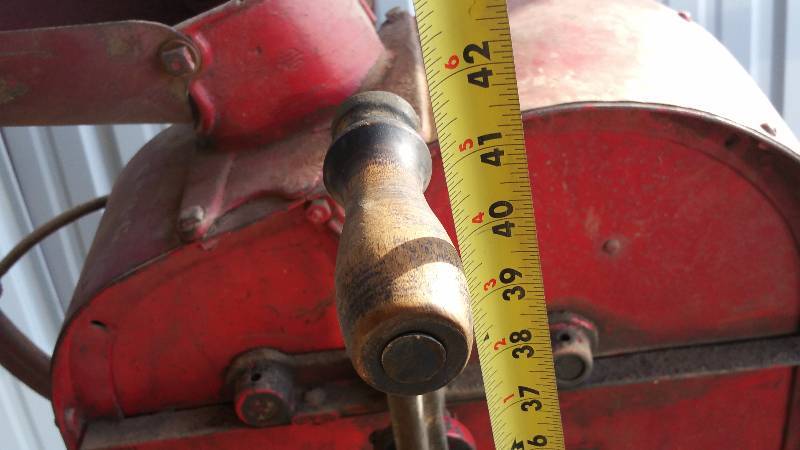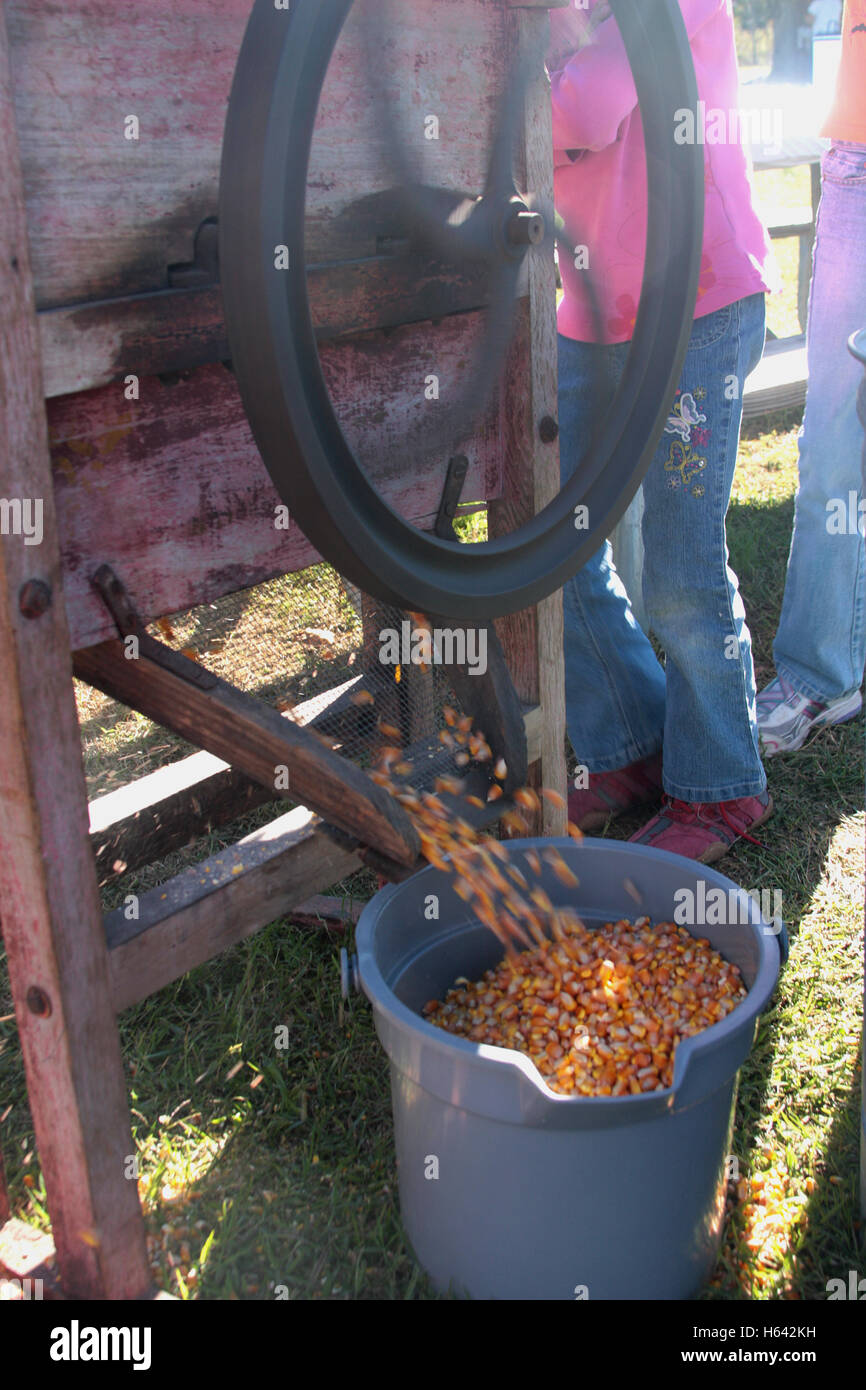Mccormick Deering Hand Corn Sheller Manual
Posted : admin On 04.01.2021We have the best deals on Corn Sheller so stop by and check us out first! Vintage Antiques For Sale. Vintage Antiques and More! Carved Wooden Dough Bowl Primitive Wood Trencher Tray Rustic Home Decor 8 10. HAND CARVED WOODEN DOUGH BOWL RUSTIC TRAY WOOD TRENCHER 18 22 ANTIQUE VINTAGE. View It on eBay. McCormick-Deering.Com offers quality reprints of original service manuals. A sampling of pages may be viewed by selecting from the following list: Instruction Book: Tractor Model WK-40. You are bidding on an old original farm implement dealership advertising catalog from the international harvester company.this catalog or brochure folds out into a full line of the mccormick-deering corn and grain grinders and shellers.t is even the hand crank corn shellers in this catalog.fully opened the catalog is about 12 inches tall and 18 inches wide.the folds are starting to come loose.
McCormick-Deering All-Steel Corn Sheller
McCormick-Deering All-Steel Corn Sheller (one-hole)
CAUTION!! Machines must not be operated above their rated speed as this is dangerous and will result in excessive wear and breakage.
INSTRUCTIONS FOR SETTING UP AND OPERATING
The “right” side of the machine is the crank side or the side having the short shaft projecting with a countersunk hole for the crank set screw.
Remove paint from end of crank shaft and put on crank. Secure with set screw, seeing that point of screw goes into the countersunk hole in shaft. Remove paint from end of long shaft on left side of machine.
Hand Corn Sheller History
For Fan Shellers: Place fan drive sheave No. 2015 in place with the number to the outside. Put fan belt over drive sheave and fan pulley. This belt should run crossed. See illustration. Tighten set screw in sheave. The point of the screw should come in the key-way. Now slip flywheel on shaft and tighten screw.
Loosen all bearings by applying kerosene and turning the machine. Then oil with a good grade of lubricating oil.
Bs8888 drawing standards pdf. The seed corn tipper may be used with or without the belt drive. When the belt drive is used, the seed corn tipper goes on the crank shaft. When the crank is used, the seed corn tipper goes on the end of the flywheel shaft. Attached by means of set screw. (See illustration No. 3.)
The feed table is bolted in position as shown in illustration No. 2. The heads of the carriage bolts should be inside the hopper.
Adjustments: The rag iron may be adjusted in two directions; an up-and-down movement and a side movement. By looking at illustration No. 4 it will be noted that the picker and stripper wheels and the rag iron form a triangular opening for the ear to pass through. The size of this opening should be made to suit the size of the ears by tightening or loosening the machine bolt (rag iron tension bolt) shown in the same illustration with the wrench applied.
In adjusting the size of the opening, the rag iron should be kept central with the picker and stripper wheels. This is done be removing the nut from the lower bolt in rag iron spring and hopper and moving the top in either direction as required. (See illustration No. 5.) In extremely large corn set the rag iron over toward the stripper wheel.


To obtain the best results in shelling, the machine should be run so that the crank makes about forty-five (45) revolutions per minute or the pulley shaft one hundred and seventy-five (175) revolutions per minute. When driving with belt be sure that this speed is maintained, as any speed in excess of this will have a tendency to cause the shelled corn to pass out with the cobs. The ears should be fed into the sheller point first.
After the operator has shelled several bushels of corn he should be able to make the adjustments to best suit conditions.
ATTACHMENTS
The following attachments are shipped “when ordered”:
The basket holder is attached as shown in illustration No. 3. When not in use, it may be folded down.
The pulley for belt drive is attached to the fly-wheel shaft by means of the set screw.
This is a 1-1/2 horsepower IHC International McCormick Deering Model M Throttle Governed Hit N Miss Style Flywheel engine. Some people just call it a horse and a half. We disassembled the engine so we could remove the cylinder sleeve. The cylinder was so badly worn that the piston-to-wall clearance was so excessive that the engine had little to no compression. We then machined the cylinder sleeve for another sleeve. We then pressed the new cylinder sleeve into the main original cylinder sleeve so that we could bore and hone the cylinder to achieve a tighter piston-to-wall clearance. We also disassembled and rebuilt the Wico EK high tension magneto. We performed a valve job and surface on the cylinder head and replaced the valve guides as well as the valves. We then reassembled the engine with new gaskets and fired her up. This engine is actually throttle governed but it looks pretty much like any other flywheel engine which are often referred to as hit n miss engines. These old antique engines were used back in the day to run many different kinds of equipment such as grist mills, saw mills, shafts for powering and driving equipment, corn shellers, and water pumps just to name a few. Antique throttle governed and hit n miss engines were commonly used for powering equipment before electricity became a common household item. Jimmy Ewing Motor Mission Machine & Radiator 5435 Desert Point Dr. Las Vegas, Nv. 89118 Phone: (702) 649-2366 or (702) 649-0648 Fax: (702) 649-4133 www.MotorMission.com